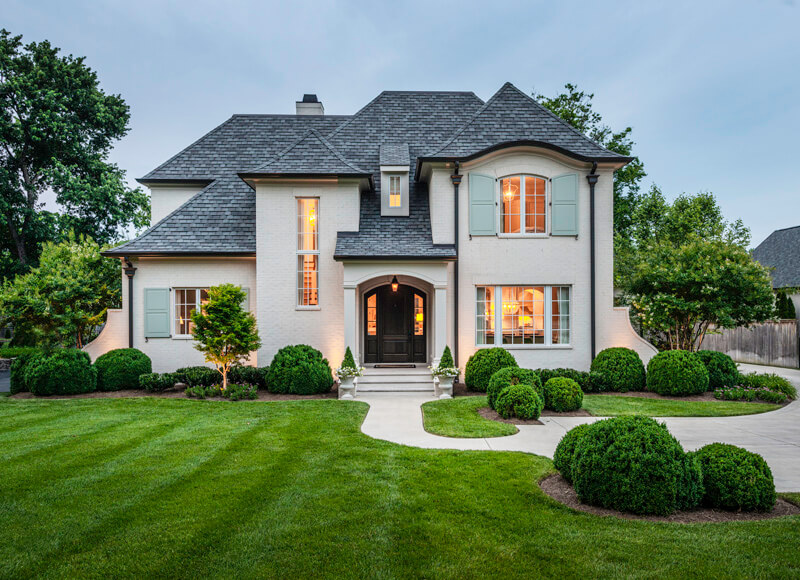The Resilient Home
The ability to weather storms is another advantage of hiring a pro with up-to-date knowledge about building science.
 One often overlooked benefit of a high-quality new custom home is that it will better handle severe weather events and power outages. These are a fact of life in all parts of the country. Atlantic hurricanes routinely leave millions without electricity. Just this past July, thunderstorms put thousands of Midwesterners in the dark and a summer monsoon killed power for thousands of Phoenix residents. Outages even happen without bad weather, like the 2003 blackout that affected 11 million people in an area stretching from Ontario to New Jersey, thanks to a software bug.
One often overlooked benefit of a high-quality new custom home is that it will better handle severe weather events and power outages. These are a fact of life in all parts of the country. Atlantic hurricanes routinely leave millions without electricity. Just this past July, thunderstorms put thousands of Midwesterners in the dark and a summer monsoon killed power for thousands of Phoenix residents. Outages even happen without bad weather, like the 2003 blackout that affected 11 million people in an area stretching from Ontario to New Jersey, thanks to a software bug.
Outages affect all homes, no matter how well built, but a new custom home can be crafted to stay comfortable longer without heating or cooling. “It’s called Passive Survivability,” says Alex Wilson, president of the Resilient Design Institute in Brattleboro, Vt. “It’s about building homes that remain habitable if they lose power.”
Wilson usually writes about green building, but the design and construction principles he advocates are routinely used by the best professional builders and remodelers. This is essential building science and includes making walls, roofs, and ceilings more efficient with high R-value insulation, careful air sealing, and high-performance windows that offer passive solar gain. These improvements can keep a home habitable without power for days. (Homeowners who want to keep the lights on during a blackout may add solar panels, a backup generator or a home battery. In fact, a battery can run a refrigerator, a furnace or heat pump, and a few basic circuits for up to 12 hours.)
A resilient home also has good structural and moisture details. Elements like hardware tie-downs and plywood shear panels will make roofs and walls more resistant to damage from high winds. Careful waterproofing will keep wall and roof assemblies dry even in the fiercest rain, snow or ice storms. In regions subject to windborne debris—from hurricanes or tornadoes, for instance—some homeowners choose impact-resistant windows. They’re pricey, but if the budget permits them they reduce the chance of a breach that lets wind and water into the home.
One of the best things about resilient construction is that it pays off even if the home never loses power. Careful waterproofing means lower long-term maintenance bills and less chance of mold and mildew growth. Insulation and air sealing reduce monthly energy costs while ensuring a quieter, more comfortable living experience.
The complication is that someone with just a nodding acquaintance of building science can actually create problems. For instance, the builder’s crew needs to understand the flashing details needed for today’s windows and doors—details that can vary by manufacturer. Insulation and air sealing need to be implemented so that walls and roofs shed moisture rather than trapping it, and the approaches vary depending on the local climate.
Building science has come a long way in recent years, and you want to hire someone who has invested time and effort in keeping current. In other words, you need an educated pro.

